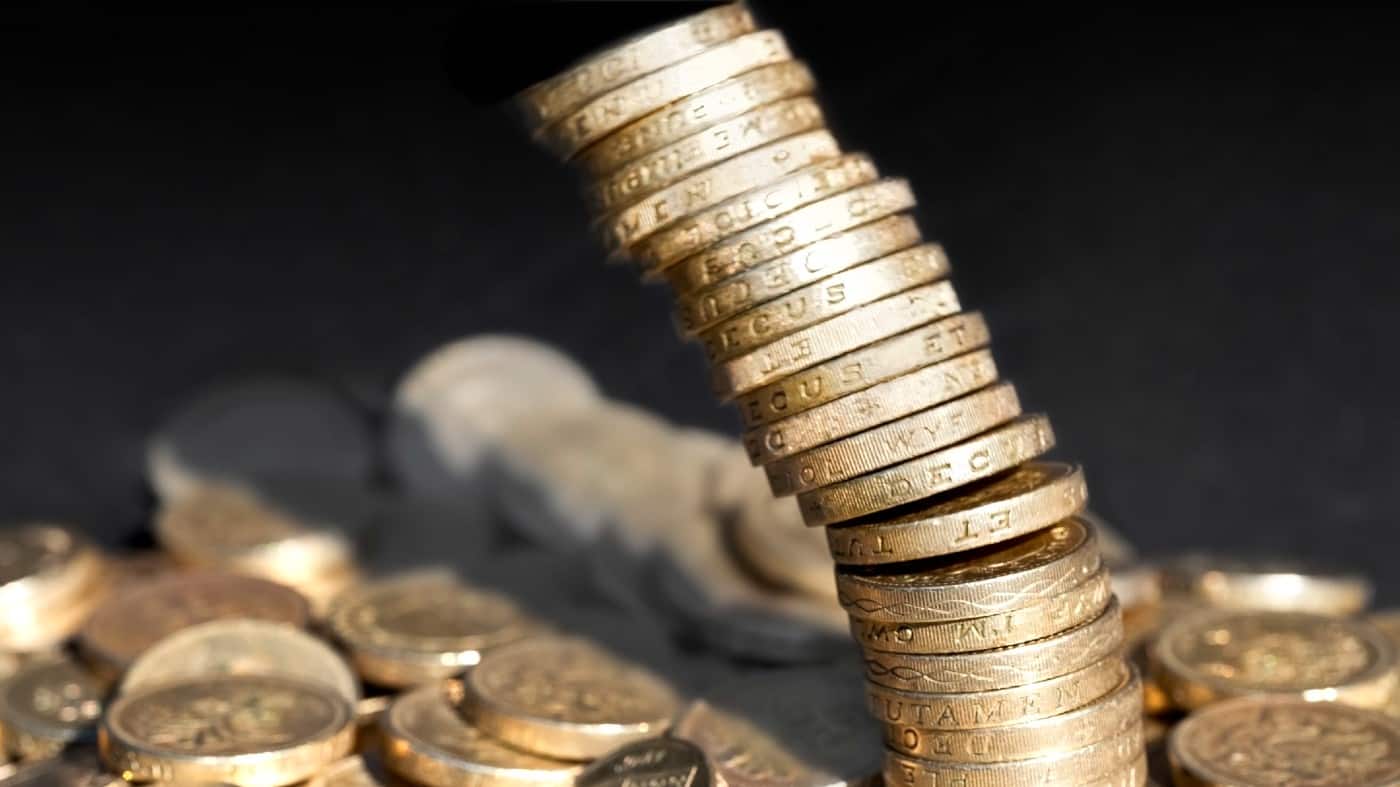Even when it comes to high-yield shares, a 25% annual yield is highly unusual. But that is the current yield offered by one energy share listed on the London stock exchange.
That is set to change, though, after the company announced plans to slash the per-share payout by two-thirds. Still, that means the prospective yield sits at over 8%. That could be quite attractive from an income perspective.
So, could this be an opportunity for me to buy into a company with a reduced yet nonetheless attractive yield? Or is the massive dividend cut a red flag that will keep me away from the shares?
No great surprise
The company is question is Diversified Energy (LSE: DEC).
Its business model focusses on buying up thousands of fairly small gas wells in the US that are already in the twilight of their expected working lives. That has the benefit of meaning purchase prices are often attractive.
But there are downsides. Buying the wells has loaded Diversified’s balance sheet with debt. Its market capitalisation is £523m. Meanwhile, the business ended last year with $1.3bn of net debt. Ouch.
As I wrote just last month, “Diversified has a lot of debt. Its revenues are dependent on energy prices, which have a habit of crashing from time to time. The costs of cleaning up all those old wells once they reach the end of their productive life is also a risk to profitability“.
Soon afterwards, the company announced plans to slash the dividend.
In the stock market as elsewhere in life, if something looks too good to be true, it often is. Looking for high-yield shares without digging into the details of the business and how sustainable the dividend may be is not a smart way to invest, in my view.
Could things get better from here?
In fairness, though, Diversified management has recognised the challenge and acted to reduce the cost of funding dividends without axing them altogether.
The business said cutting the dividend would help it to pay down more debt, forecasting over $200m in debt repayments this year. It also said its new “fixed quarterly dividend” will be “sustainable for at least three years”.
In reality, though, no dividend is ever guaranteed. It can be ‘fixed’ as a target, but the reality of whether or not it is paid depends upon factors including business performance and available finances.
The concerns I long harboured about Diversified remain the same.
The debt scares me as a potential investor. If energy prices fall significantly, that could hurt the company’s earnings and cash flow, in turn potentially affecting its ability to fund the dividend even at its new reduced level.
These risks help explain why the high-yield share has lost over half its value over the past five years despite paying a juicy stream of dividends during that time.
Simply cutting the dividend eases cash flow pressures. But I believe it does not fundamentally change the underlying risks posed by huge debts combined with energy market volatility.
I have no plans to invest in the shares.








